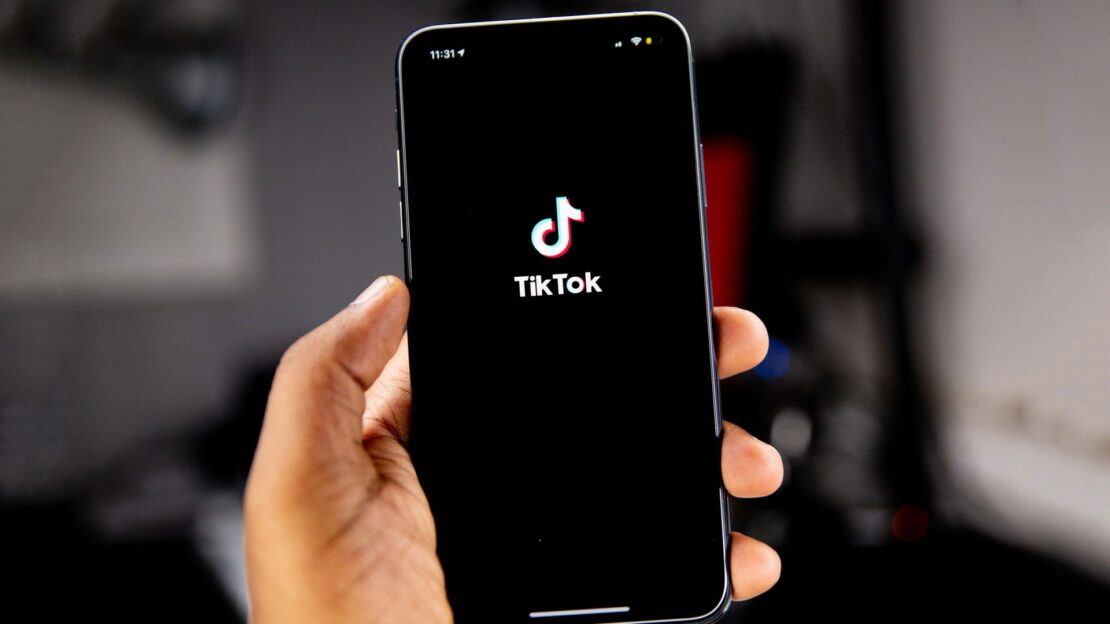From the Experts: Navigating Leadership during a Pandemic
October 6th, 2023
As the world continues to face unique challenges in health and social culture, the need for effective and trustworthy communications in leadership is critical. Lucia Domville, Managing Director of Grayling New York, interviews Prof. Ian C. Woodward, a specialist in Leadership & Communication at INSEAD, a Grayling client.
For leaders who are responsible for the performance of large-scale teams, organizations or companies, what are some basic principles to follow in times of a crisis like COVID-19?
A leader’s most powerful tool when facing any crisis is exceptional communication.
Exceptional communication is crucial to survive, stabilize and surge toward opportunities beyond the crisis. COVID-19 is the biggest crisis of our lifetimes – and leaders must showcase quality and impactful communications to strengthen their lines of effective engagement right now – inside and outside the organization.
Who are some ‘leaders of the moment’ and what are they doing differently that enables them to stand out?
Two individuals stand out as role models. They both utilize three key principles for effective crisis communications that I have highlighted in my research and practice over the past two decades. New Zealand Prime Minister Jacinda Ardern and New York State Governor Andrew Cuomo stand out as very effective communicators by making daunting and uncertain situations understandable and relatable to vital stakeholders.
Specifically, they:
- Acknowledge the problem (or issue)
- Express empathy
- Explain the actions
These three messaging rules must be part of every communication strategy throughout a crisis. If a leader can’t clearly explain the actions, then explaining the process they are using to find the answers is the next best approach. In leadership communications, implement these rules as soon as you can.
During every press conference, Cuomo utilizes these three rules to support his message: “Stay Home. Stop the Spread. Save Lives.” This follows the sequence: “action, problem and empathy.” His dialogue is authoritative, while demonstrating command of issues and facts. His actions and voice show deep personal commitment and resilience to his audience.
Likewise, Ardern addressed her island nation when it moved to the highest restriction levels and said: “We currently have 102 cases. But so did Italy once. Now…hundreds of people are dying every day. The situation here is moving at pace, and so must we.”
They are also:
Clear (short and to-the-point messages) such as Ardern’s three-sentence action call: “What we need from you, is to support one another. Go home tonight and check in on your neighbors. Start a phone tree with your street.” She reinforced her personal commitment to public safety and awareness with nearly daily live stream messages of encouragement from her home – sometimes even sitting on her bed.
Credible (stay with the facts): Provide transparency with reassurance. Cuomo reiterated the daily lessons being learned in New York would be shared with other states in hopes of protecting others from catching the disease. He always shows key data and demonstrates his trust in scientific advice. While he offers personal opinions, he repeats, “Follow the data and the science.” Ardern also cites data and statistics– using simple and clear graphs to get her message about urgent action and “flattening the curve” across.
Consistent (communicate frequently): Provide tactical updates on progress. Explain what’s changing, why new actions are needed, and give evidence supporting your reasoning. In both leaders’ communication strategies, we see regular attention to providing the number of cases, tests, recoveries and deaths. Policies continue to change as the crisis deepens, but each includes explanations as to why a change is needed – backed by evidence; and expressed both empathetically and sincerely.
What are some critical skills that leaders need in order to address society today?
As business leaders, your people look to you in a time of crisis. Using simple, heartfelt and frequent communications will go a long way towards helping them cope and maintain hope. Your people will follow – if they are informed, involved, and feel inspired through effective leadership communication to do so.
From a CEO to a manager, what are some actions that could be misconstrued or misunderstood by employees and those that should be avoided all together?
The most significant issue is maintaining credibility while connecting at a distance. Breaches of trust are magnified, lack of transparency is questioned even more, and inadvertent commentary stirs fears and uncertainty. Demonstrating empathy is crucial. Many employees need their leaders to acknowledge the loss they are feeling and the struggles they are going through. Real leadership requires a listening ear. It also requires demonstrating a sense of hope by celebrating the successes – large and small – in facing the crisis.
Leaders should also develop their ‘virtual presence’ skills. This includes attention to open body language and eye connectivity where these are affected by the pinhole cameras on the devices, we are spending much of our crisis time connecting through. There is digital sound compression using these technologies affecting voice quality. For detailed practical tips on how to solve these issues, see my article on LinkedIn “Leadership presence from your Laptop”: https://bit.ly/2VDUOFR
Professor Woodward, thank you for joining us.
INSEAD is one of the world’s leading graduate business schools, examines a wide variety of global perspectives throughout numerous industries and collects data across multiple sectors. Ian C. Woodward is Professor of Management Practice in Organizational Behavior at INSEAD.


